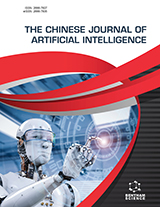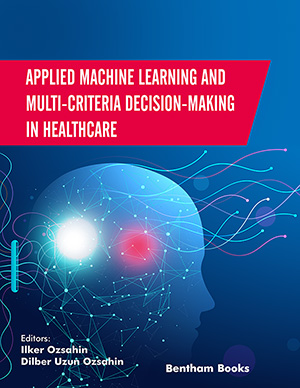Abstract
Computers, systems, applications, and technology, in general, are becoming more commonly used, advanced, scalable, and thus effective in modern times. Because of its widespread use, it undergoes various advancements on a regular basis. A fastpaced life is also associated with modern times. This way of life necessitates that our systems behave similarly. Adaptive Machine Learning (AML) can do things that conventional machine learning cannot. It will easily adjust to new information and determine the significance of that information. Adaptive machine learning uses a variety of data collection, grouping, and analysis methods due to its single-channeled structure. It gathers, analyses, and learns from the information. That is why it is adaptive: as long as new data is presented, the system can learn and update. This single-channeled device acts on any piece of input it receives in order to improve potential forecasts and outcomes. Furthermore, since the entire process happens in realtime, it can immediately adjust to new actions. High efficiency and impeccably precise accuracy are two of AML's main advantages. The system does not become outdated or redundant because it is constantly running in real-time. So, incorporating the three core concepts of agility, strength, and efficiency better explains AML.
Agility helps systems to respond rapidly and without hesitation. The systems achieve new levels of proficiency and accuracy as a result of their power, and they can find new ways to operate flawlessly at lower costs as a result of their performance. This chapter covers the preparation, regularisation, and structure of deep neural networks such as convolutional and generative adversarial networks. New information in the reinforcement learning chapter includes a description of t-SNE, a standard dimensionality reduction approach, as well as multilayer perceptrons on auto encoders and the word2vec network. As a consequence, these suggestions will assist readers in applying what they have learned.






















